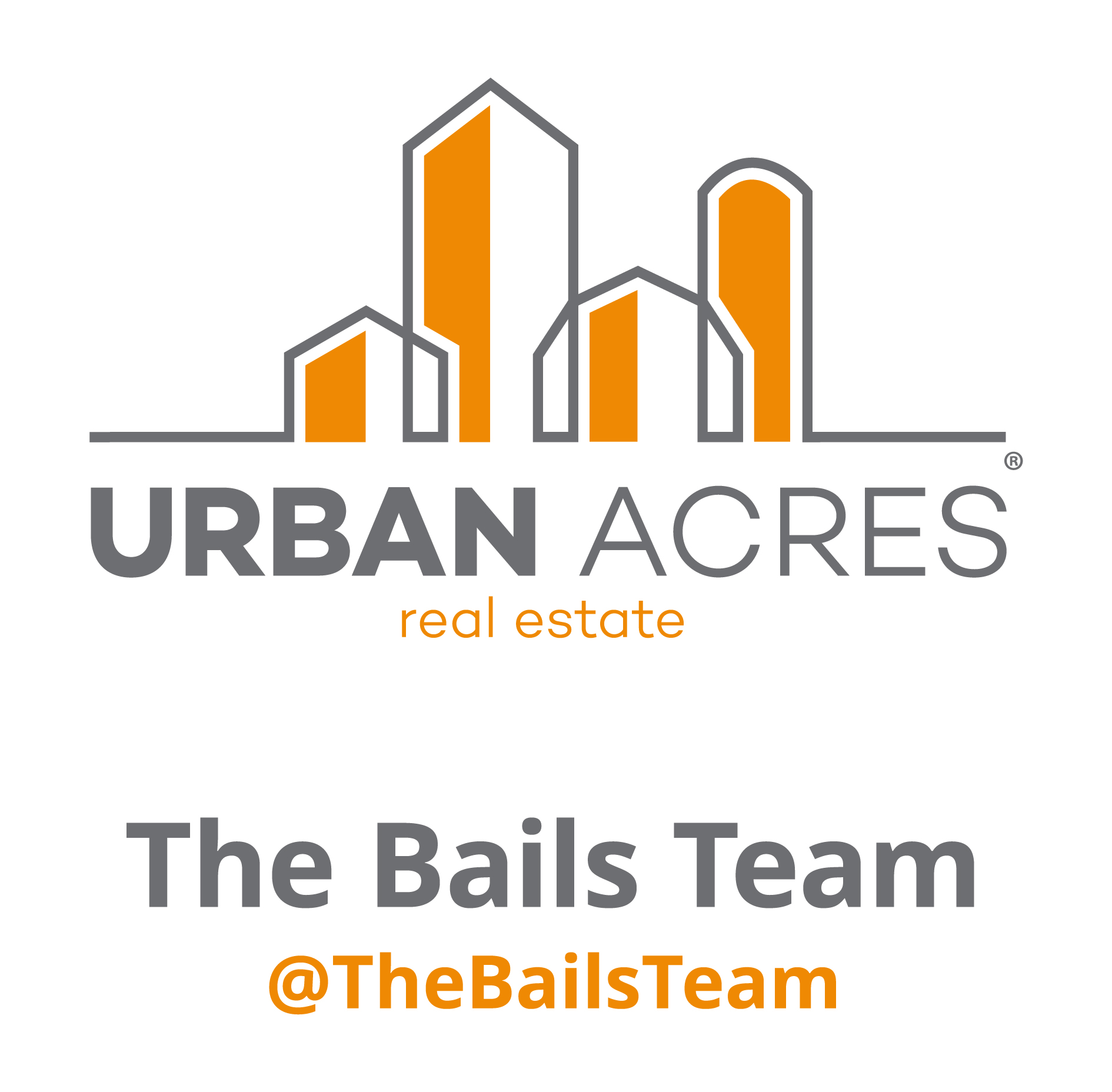Winter is Coming, Protect Yourself from the Cold on the Jobsite
 With winter rapidly approaching, home builders need to be more conscious of working conditions in cold weather.
With winter rapidly approaching, home builders need to be more conscious of working conditions in cold weather.
Working in a cold environment forces the body to work harder to maintain optimal temperature. As temperatures drop and wind speed increases, heat leaves the body more rapidly.
Common cold induced injuries include hypothermia, which occurs when skin temperature lowers leading to declining internal body temperature (core temperature) and frostbite which is freezing of the skin and underlying tissues. This may lead to serious health problems, and may even cause death.
Risk factors that contribute to cold stress include:
- Wetness/dampness
- Dressing improperly
- Exhaustion
- Preexisting health conditions such as hypertension, hypothyroidism and diabetes
- Poor physical conditioning
Dressing properly is extremely important to avoid cold stress. It is highly recommended to:
- Wear several layers of clothing:
- An inner layer of wool, silk or synthetic to keep moisture away from the body.
- A middle layer of wool or synthetic to provide insulation even when wet.
- An outer wind and rain protection layer that allows some ventilation to prevent overheating.
- Wear cold-weather liners specifically designed to be worn underneath personal protective equipment (PPE).
- Use a knit mask to cover the face and mouth (if needed).
- Use the appropriate insulated gloves to protect the hands (water resistant if necessary).
- Wear appropriate insulated and waterproof boots (or other footwear).
Overall, use common sense when working in the cold. If you feel you are too cold, go inside and warm up. No one can beat the cold, so don’t even try it.
For more tips on cold weather safety, read the OSHA guide to cold stress. The CDC also has great resources for cold stress safety.
For more information on jobsite safety, contact Rob Matuga.


